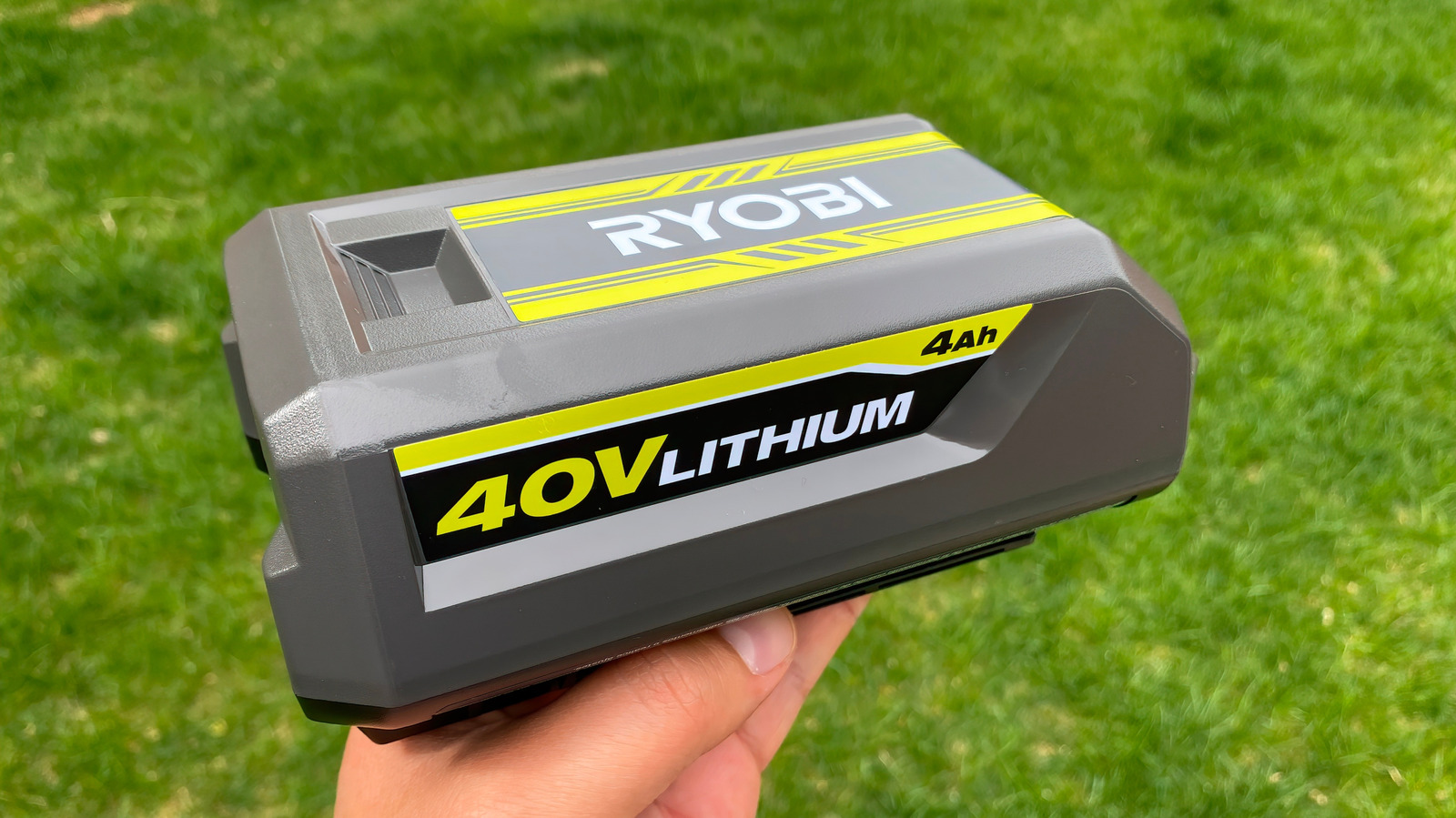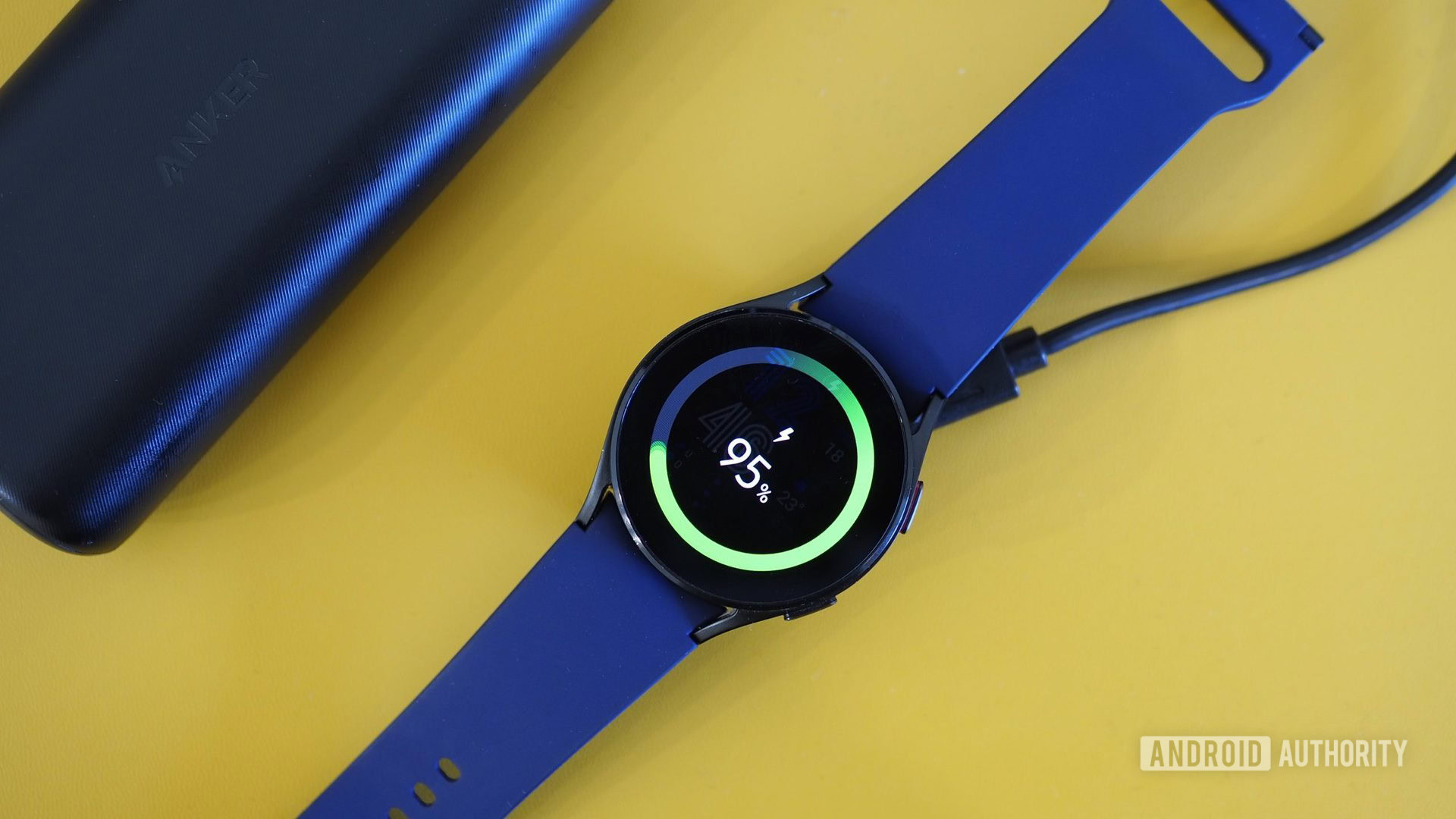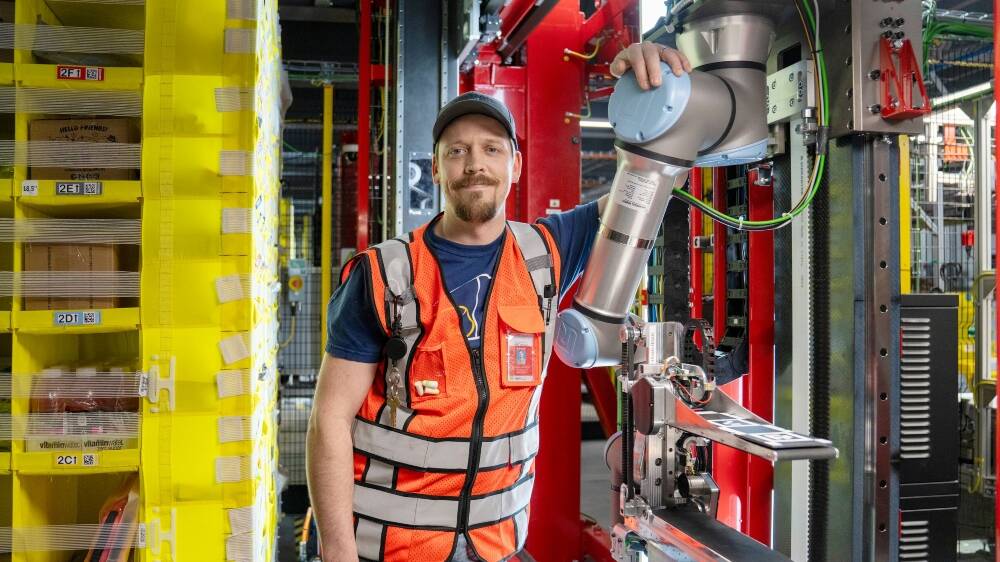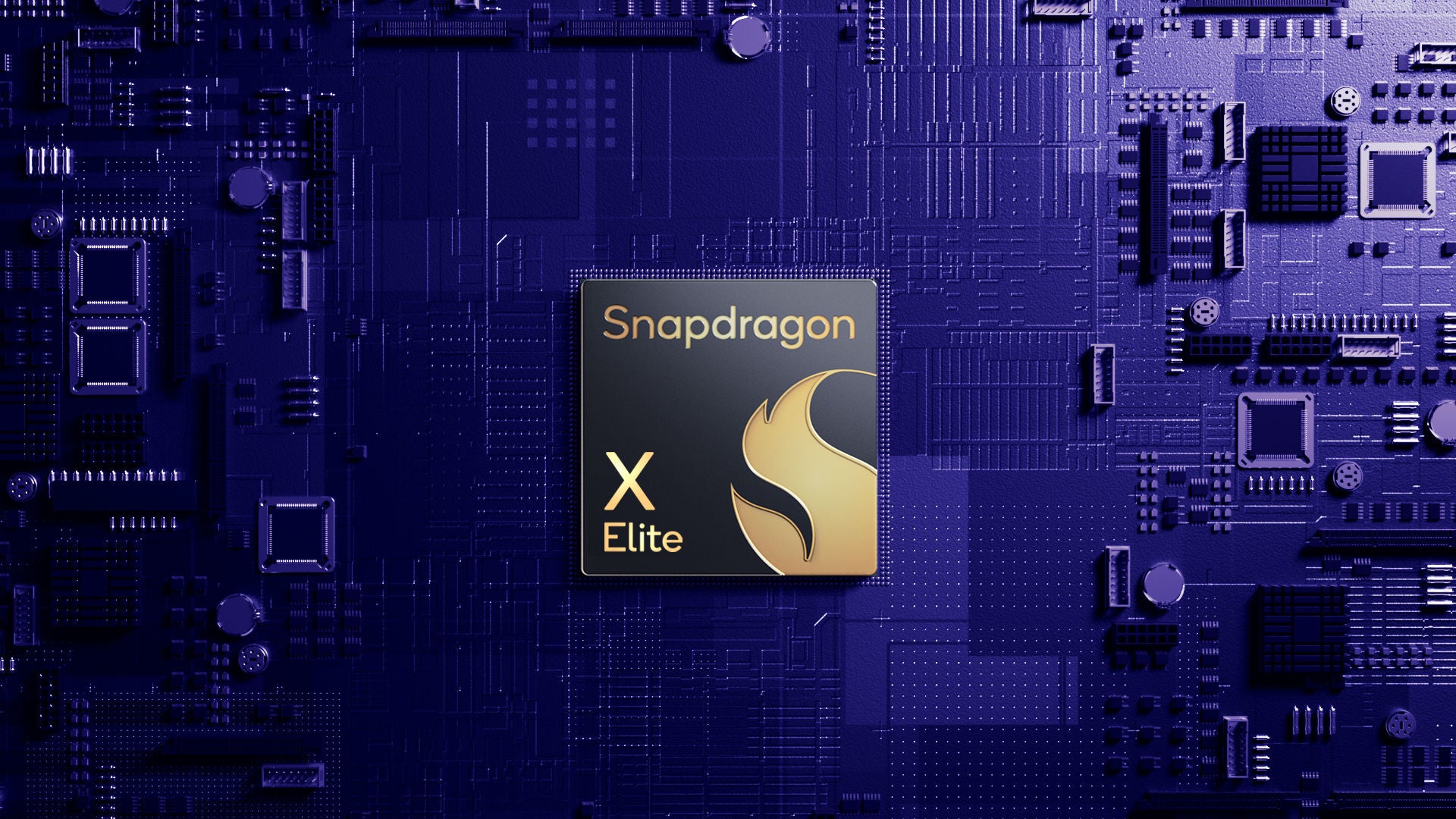How Cloud Services Simplify IoT Device Lifecycles
The Internet of Things (IoT) has transformed how businesses gather data, automate processes, and make decisions. However, managing the full IoT lifecycle—from device onboarding to retirement—remains complex and resource-intensive. Each phase of an IoT deployment demands scalability, security, and cost-efficiency, and without a centralized management approach, businesses can quickly become overwhelmed. That's why understanding the importance of cloud support in managing IoT infrastructure is essential. In the latest blog, we break down why cloud services are critical to every stage of the IoT lifecycle—read it here: Why Cloud Managed Services Are Critical for IoT Device Lifecycle Management. If you're deploying or scaling IoT networks, cloud managed services can help streamline operations and improve ROI. The Challenge of IoT Lifecycle Management IoT devices don’t operate in a vacuum. They require continuous monitoring, regular updates, troubleshooting, and ultimately decommissioning. The larger the deployment, the greater the complexity. Traditional IT teams may not have the bandwidth or tools to manage these demands effectively, especially when systems span multiple geographies and vendors. In the absence of a unified platform, businesses often struggle with fragmented systems, inconsistent security protocols, and increased operational costs. The solution? A managed cloud-based service framework that centralizes control and visibility across the entire IoT lifecycle. Why Cloud Managed Services Make a Difference Cloud managed services offer a cohesive and scalable environment where businesses can monitor, manage, and optimize IoT device fleets in real-time. These services provide several key benefits: - Scalability: As your IoT network grows, cloud platforms automatically adjust resources, avoiding costly infrastructure upgrades. - Security: Built-in compliance tools and encryption protocols help protect sensitive data throughout transmission and storage. - Automation: Routine tasks such as firmware updates, diagnostics, and alerts can be automated, reducing the risk of human error. - Cost Efficiency: Pay-as-you-go models ensure that businesses only pay for what they use, keeping operational costs transparent and predictable. By integrating cloud managed services into your IoT strategy, you not only reduce technical debt but also gain the agility needed to innovate faster. Real-World Impact: Faster Time to Market and Higher ROI One of the most significant advantages of managed cloud environments is accelerated deployment. Provisioning hundreds or thousands of devices can be done in minutes instead of days, allowing businesses to bring their solutions to market more quickly. Additionally, centralized logging and analytics enable faster decision-making, which directly impacts bottom-line performance. Case in point: a manufacturing company that shifted to a cloud-managed approach for their IoT-driven production line saw a 30% reduction in downtime and a 25% increase in overall system reliability. The cost savings and efficiency gains far outweighed the initial investment in managed services. Integrating with Emerging Technologies Cloud managed services also offer the flexibility to incorporate new technologies like machine learning, edge computing, and predictive analytics. These integrations can enhance the value of your IoT deployment by identifying patterns, predicting failures, and automating maintenance tasks. For example, using AI algorithms to process sensor data in the cloud allows for proactive equipment servicing, reducing the risk of costly breakdowns. These capabilities are increasingly becoming non-negotiable for businesses aiming to remain competitive in a rapidly evolving digital landscape. Conclusion Managing an IoT environment requires more than just robust hardware—it demands a strategic approach that leverages the scalability, security, and automation of the cloud. Cloud managed services empower organizations to simplify IoT operations, reduce overhead, and focus on what matters most: driving innovation and growth. Whether you're just starting your IoT journey or looking to optimize an existing deployment, exploring managed cloud solutions is a crucial step.

The Internet of Things (IoT) has transformed how businesses gather data, automate processes, and make decisions. However, managing the full IoT lifecycle—from device onboarding to retirement—remains complex and resource-intensive. Each phase of an IoT deployment demands scalability, security, and cost-efficiency, and without a centralized management approach, businesses can quickly become overwhelmed. That's why understanding the importance of cloud support in managing IoT infrastructure is essential.
In the latest blog, we break down why cloud services are critical to every stage of the IoT lifecycle—read it here: Why Cloud Managed Services Are Critical for IoT Device Lifecycle Management. If you're deploying or scaling IoT networks, cloud managed services can help streamline operations and improve ROI.
The Challenge of IoT Lifecycle Management
IoT devices don’t operate in a vacuum. They require continuous monitoring, regular updates, troubleshooting, and ultimately decommissioning. The larger the deployment, the greater the complexity. Traditional IT teams may not have the bandwidth or tools to manage these demands effectively, especially when systems span multiple geographies and vendors.
In the absence of a unified platform, businesses often struggle with fragmented systems, inconsistent security protocols, and increased operational costs. The solution? A managed cloud-based service framework that centralizes control and visibility across the entire IoT lifecycle.
Why Cloud Managed Services Make a Difference
Cloud managed services offer a cohesive and scalable environment where businesses can monitor, manage, and optimize IoT device fleets in real-time. These services provide several key benefits:
- Scalability:
As your IoT network grows, cloud platforms automatically adjust resources, avoiding costly infrastructure upgrades.
- Security:
Built-in compliance tools and encryption protocols help protect sensitive data throughout transmission and storage.
- Automation:
Routine tasks such as firmware updates, diagnostics, and alerts can be automated, reducing the risk of human error.
- Cost Efficiency:
Pay-as-you-go models ensure that businesses only pay for what they use, keeping operational costs transparent and predictable.
By integrating cloud managed services into your IoT strategy, you not only reduce technical debt but also gain the agility needed to innovate faster.
Real-World Impact: Faster Time to Market and Higher ROI
One of the most significant advantages of managed cloud environments is accelerated deployment. Provisioning hundreds or thousands of devices can be done in minutes instead of days, allowing businesses to bring their solutions to market more quickly. Additionally, centralized logging and analytics enable faster decision-making, which directly impacts bottom-line performance.
Case in point: a manufacturing company that shifted to a cloud-managed approach for their IoT-driven production line saw a 30% reduction in downtime and a 25% increase in overall system reliability. The cost savings and efficiency gains far outweighed the initial investment in managed services.
Integrating with Emerging Technologies
Cloud managed services also offer the flexibility to incorporate new technologies like machine learning, edge computing, and predictive analytics. These integrations can enhance the value of your IoT deployment by identifying patterns, predicting failures, and automating maintenance tasks.
For example, using AI algorithms to process sensor data in the cloud allows for proactive equipment servicing, reducing the risk of costly breakdowns. These capabilities are increasingly becoming non-negotiable for businesses aiming to remain competitive in a rapidly evolving digital landscape.
Conclusion
Managing an IoT environment requires more than just robust hardware—it demands a strategic approach that leverages the scalability, security, and automation of the cloud. Cloud managed services empower organizations to simplify IoT operations, reduce overhead, and focus on what matters most: driving innovation and growth.
Whether you're just starting your IoT journey or looking to optimize an existing deployment, exploring managed cloud solutions is a crucial step.








































































































































































![[The AI Show Episode 146]: Rise of “AI-First” Companies, AI Job Disruption, GPT-4o Update Gets Rolled Back, How Big Consulting Firms Use AI, and Meta AI App](https://www.marketingaiinstitute.com/hubfs/ep%20146%20cover.png)









































































































































































































































































































































































![Honor 400 series officially launching on May 22 as design is revealed [Video]](https://i0.wp.com/9to5google.com/wp-content/uploads/sites/4/2025/05/honor-400-series-announcement-1.png?resize=1200%2C628&quality=82&strip=all&ssl=1)














![Beats Studio Pro Wireless Headphones Now Just $169.95 - Save 51%! [Deal]](https://www.iclarified.com/images/news/97258/97258/97258-640.jpg)








































































































